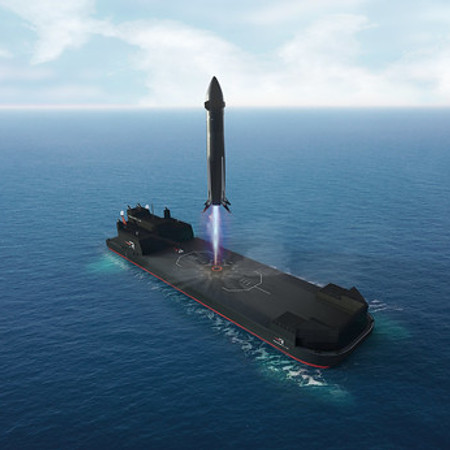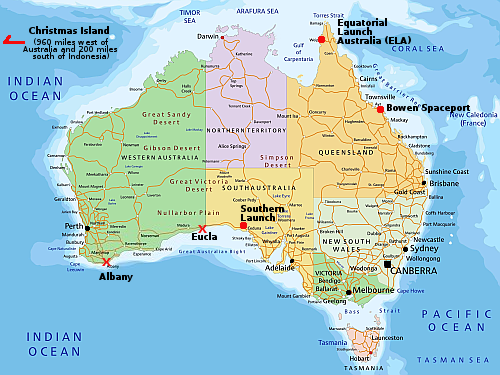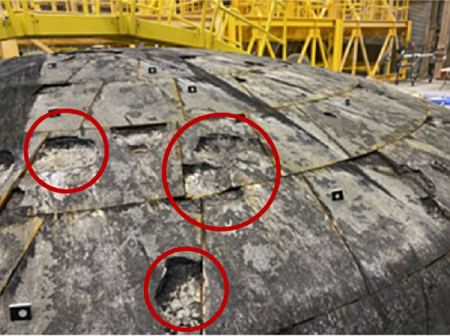Starlink gets approvals to operate in Saudi Arabia, Scotland, and Bangledesh
In the past two days SpaceX’s Starlink constellation for providing internet service globally has obtained approvals from three different countries, widening its use significantly worldwide.
First, Scotland has approved Starlink to begin a six-month trial whereby the constellation will provide internet access on trains operating “between Inverness and Thurso, Wick, Kyle of Lochalsh and Aberdeen.” If successful, the program will be expanded to provide service along other rural train lines in Scotland.
Next the Bangledesh government approved a 90-day waiver allowing Starlink to “supply bandwidth from outside the country.” Normally the regulations in that country require such services to be routed through “local gateways”, which likely refers to local communications companies. This waiver will allow SpaceX to offer Starlink in its normal manner, direct to the customer and outside any already established communications network.
Whether the waiver will be extended further is at present unknown, but I suspect it will be because of public pressure.
Finally, Elon Musk announced that Saudi Arabia has now approved Starlink for “aviation and maritime use” within the country.
All in all, SpaceX continues to vacuum up the world’s internet market simply because none of its competitors have made the effort to compete aggressively. They continue to cede territory to Starlink, without a fight.
In the past two days SpaceX’s Starlink constellation for providing internet service globally has obtained approvals from three different countries, widening its use significantly worldwide.
First, Scotland has approved Starlink to begin a six-month trial whereby the constellation will provide internet access on trains operating “between Inverness and Thurso, Wick, Kyle of Lochalsh and Aberdeen.” If successful, the program will be expanded to provide service along other rural train lines in Scotland.
Next the Bangledesh government approved a 90-day waiver allowing Starlink to “supply bandwidth from outside the country.” Normally the regulations in that country require such services to be routed through “local gateways”, which likely refers to local communications companies. This waiver will allow SpaceX to offer Starlink in its normal manner, direct to the customer and outside any already established communications network.
Whether the waiver will be extended further is at present unknown, but I suspect it will be because of public pressure.
Finally, Elon Musk announced that Saudi Arabia has now approved Starlink for “aviation and maritime use” within the country.
All in all, SpaceX continues to vacuum up the world’s internet market simply because none of its competitors have made the effort to compete aggressively. They continue to cede territory to Starlink, without a fight.





